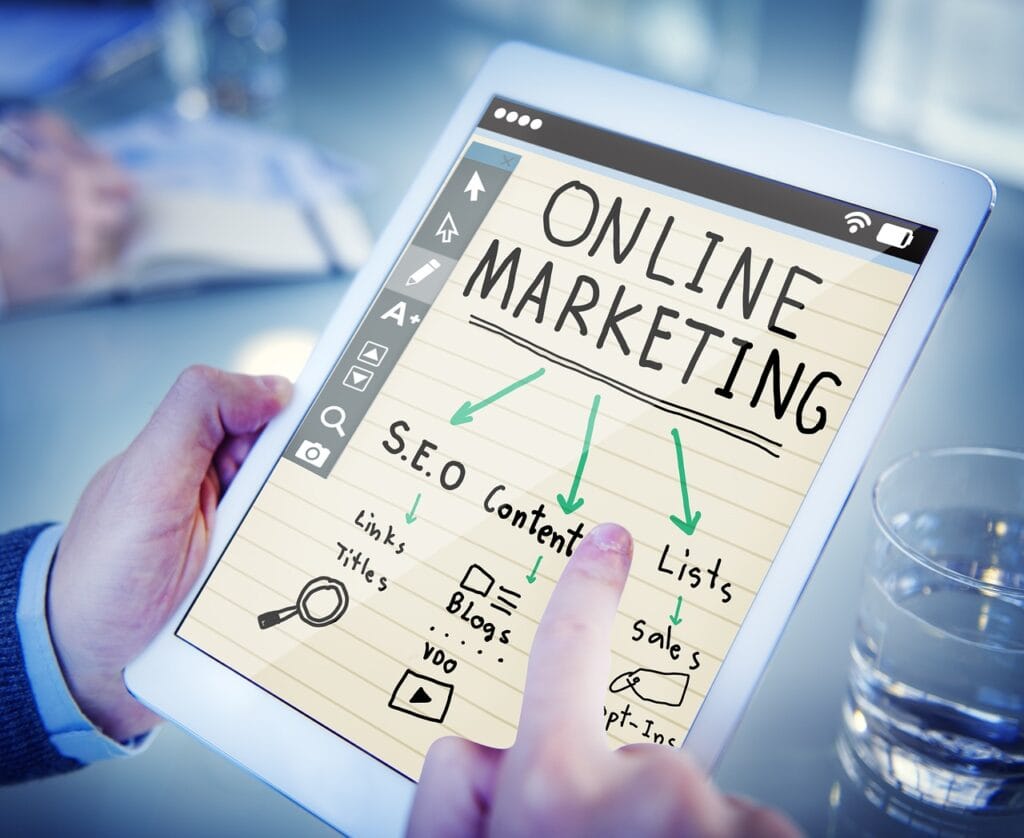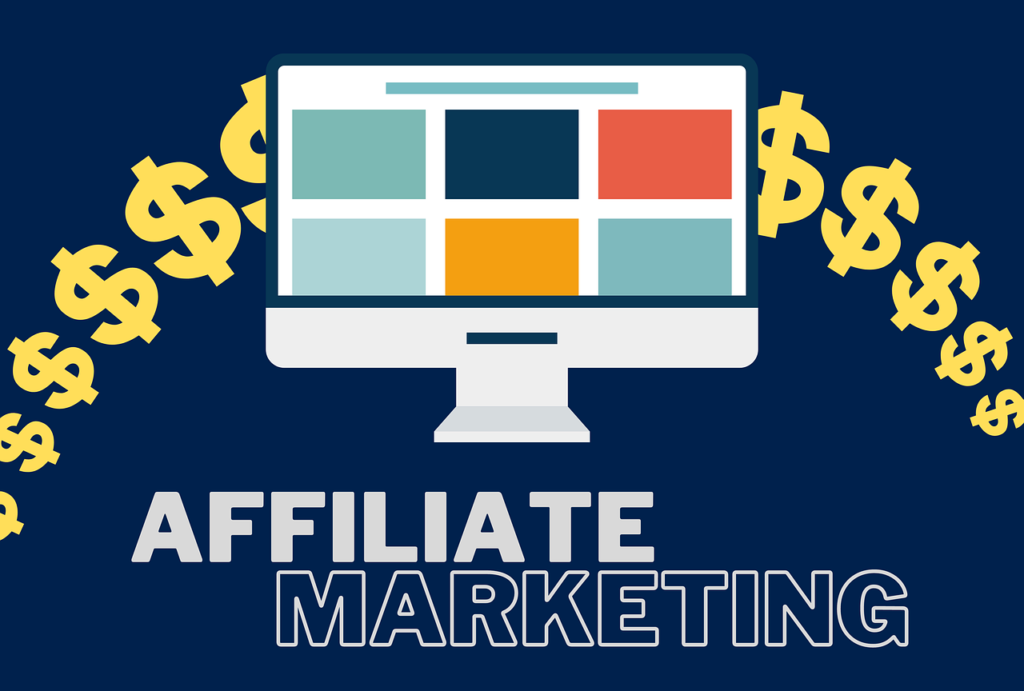Affiliate Marketing Strategies: The Blueprint for Success
Affiliate marketing can be a lucrative way to generate income online. However, the difference between those who succeed and those who give up often lies in their approach. In this guide, we’ll explore actionable affiliate marketing strategies that help you work smarter, not harder. From choosing the right niche to scaling your business, we’ve got […]
Unlocking Affiliate Marketing Secrets for Long-Term Success
Affiliate marketing is one of the most appealing online business models, offering the potential to earn substantial income without trading time for cash. While it is not a “get-rich-quick” scheme, affiliate marketing can generate a steady stream of passive income when done right. This guide will unveil powerful affiliate marketing secrets, setting you up for […]
How to creating More Products: A Guide to Scaling Your Content Across Multiple Formats
Maximizing Output Through Repurposing Content In today’s fast-paced digital world, entrepreneurs are constantly looking for ways for creating more products without starting from scratch each time. The good news is, you don’t have to reinvent the wheel with every new launch. By leveraging your existing content, you have a chance of creating more products quickly […]
Mastering the Umbrella Branding Strategy
In the ever-evolving world of entrepreneurship, mastering the umbrella branding strategy can set you apart from the competition. As an entrepreneur, the goal isn’t just to launch products — it’s to develop a robust, adaptable brand that can expand and thrive across multiple niches. This guide will help you navigate the umbrella branding approach, giving […]
Leveraging Affiliate Marketing for Sustainable Online Income Growth
Leveraging Affiliate Marketing for Long-Term Success Affiliate marketing has emerged as one of the most effective ways to generate passive income online. By leveraging affiliate marketing, individuals can monetize their content by promoting relevant products and services, earning commissions on each sale. This business model has gained massive popularity due to its low startup costs, […]
Digital Marketing Versus Traditional Marketing: Why Digital Marketing is the Future

In today’s fast-paced business world, the debate between digital marketing versus traditional marketing has become a topic of significant interest. With technology reshaping every aspect of our lives, including how businesses reach their customers, digital marketing has emerged as the dominant force in the world of advertising and promotion. Unlike traditional marketing, which depends on […]
AI Marketing Strategies: Viral Content and Engagement

AI marketing is reshaping the landscape of digital strategies, offering innovative tools to create personalized, engaging, and highly impactful campaigns. By leveraging artificial intelligence and customer data platforms (CDPs), businesses can optimize their marketing efforts to reach wider audiences, boost engagement, and achieve measurable results. This guide explores how AI marketing strategies is revolutionizing […]
Optimizing Your Facebook Ads on a Budget

Understanding the Basics of Facebook Advertising Facebook advertising represents a pivotal marketing tool for businesses seeking to connect with their audience in a cost-effective manner. At its core, Facebook ads function by displaying promotional content to users based on specific targeting criteria, which allows businesses to reach their desired demographic effectively. This flexibility makes Facebook […]
What are The Benefits of Affiliate Marketing in 2025

In the digital age, affiliate marketing has emerged as one of the most accessible and rewarding ways to generate passive income online. Whether you’re looking to supplement your current earnings or replace your traditional 9-to-5 job, affiliate marketing for beginners offers unparalleled flexibility and potential for growth. This blog post will delve deep into the […]
How to Network with People: Building Connections for Business Success

In today’s fast-paced business environment, the key to success often lies not just in your skills or knowledge but in your ability to network effectively. Whether you are an entrepreneur, professional, or simply someone aiming to grow in your field, building connections for business success can open doors that might otherwise remain closed. Networking is […]

